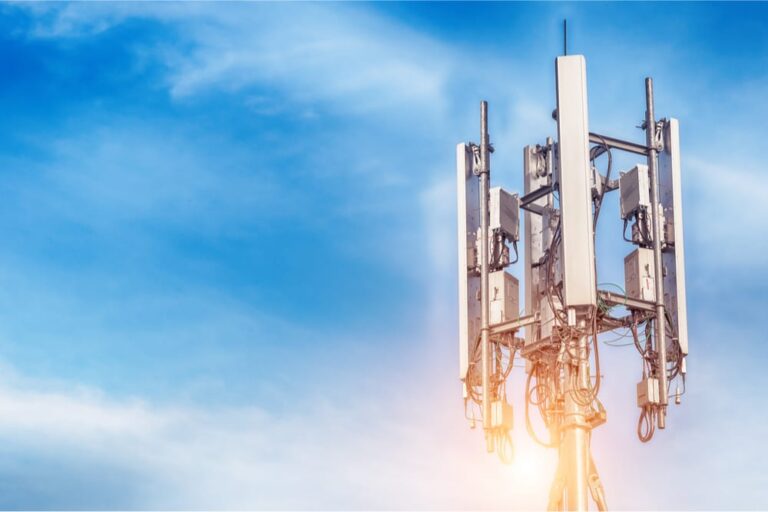If you've ever walked through a city you might have noticed tiny cell towers for 5G placed on poles for street lighting. They look like little boxes, but they're actually broadcasting wireless signals from mobile providers to your phone.
The smaller ones are being replaced by the larger, purpose-built cell towers. While they're not as noticeable however, they could create issues for users.
http://www.med.alexu.edu.eg/ssc/members/japanclimb14/activity/1334503/ of the FCC's Radiation Exposure Thresholds
The FCC's Radiation Exposure Thresholds determine the maximum amount of time an individual can be exposed to electromagnetic radiation from wireless devices. The limits for exposure are based on research that show that RF energy can be harmful to human health.
The absorption rate specific (SAR) is an indication of the radiofrequency energy that is absorption by tissues. It's typically 1.6 milliwatts per kilogram spread over a Gram of tissue.
But, since 5g operates at higher frequencies, it has the potential to cause greater energy intensity on the skin as well as other body parts. This can lead to many potential problems, including an increased development of skin diseases like dermatitis, cancer of the skin and cataracts.

Because of the potentially harmful effects of radiation from 5G, PSU has chosen to create a general maximum power density of four MW/cm2 based on the average across 1 centimeter, but not exceeding 30 minutes for all 5G services running at 3000 GHz. This localized limit is consistent with the maximum SAR spatial-average of 1.6 W/kg, averaged over one 5 grams of body tissue, at 6 GHz.
The FCC's Maximum Exposure Thresholds for Maximum Exposure
If you've ever used a mobile phone, you probably know that the safest range from the tower should be at least 400 meters away. This is due to the power of transmission from the cell tower is significantly increased the farther you are from it.
While this sounds like an ideal idea but the truth is that those living close to towers may actually be more prone to health issues. For example, a study from 2014 in India found that those who lived within 50m of cell towers had significantly more health complaints than those living further far from antennas.
But, the study revealed that those who relocated to areas that were further from cell towers noticed their symptoms improve within a couple of days. Other studies have revealed that exposure to high levels of radiofrequency electromagnetic fields (EMFs) can cause cancer, brain tumors and other health issues.
This is due to the fact that radiofrequency radiation, used in wireless communication, can penetrate the human body's exterior layer, which is the skin. This is important to understand because the skin serves as a shield against mechanical injury, infection by pathogenic microorganisms, and entry of toxic substances. Additionally, it is the most important organ in the human body. It is responsible for keeping the integrity of other organs.
what is a safe distance from a cell tower for the Minimum Exposure
The FCC's Minimum Exposition Thresholds are based upon numerous assumptions that are not supported by evidence from science. These include the erroneous assumption that short-term exposures to RF radiation are safe because of the minimal absorption into body (i.e., tissue heating).
what is a safe distance from a cell tower does not take into account the deeper penetration of the ELF elements of modulated radio signals as well as the effect of brief bursts of heat generated by RF waves that are pulsed. These theories are not compatible with the current understanding of biological consequences of RF radiation, and thus, they should not be relied upon for health-protection exposure standards.
Additionally to that, ICNIRP and FCC are limiting their maximum exposure limits to local peak SARs, based on the peak spatial specific absorption rate (psSAR) which is not a sufficient dosimetric tool for determining the level of exposure to RF radiation. Particularly, psSAR is inaccurate for frequencies that exceed 6 GHz. In addition, psSAR is not been evaluated for RF radiation that is exposed to other environmental agents , such like sunlight. Interactions of RF radiation with other environmental agents could produce synergistic or antagonistic impacts. This could result in an increased risk of adverse health consequences. For instance, exposure to RF radiation and sunlight could cause an increase in the incidence of skin cancer, and may also exacerbate other skin conditions like acne.
